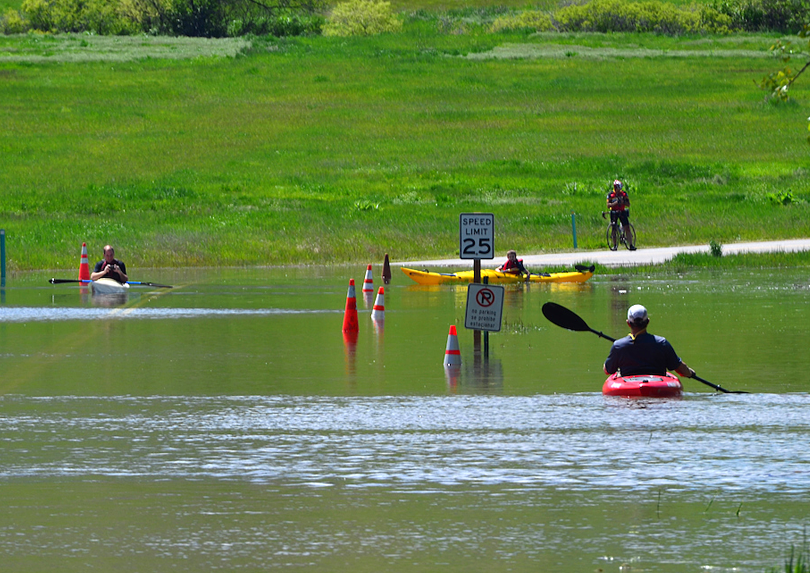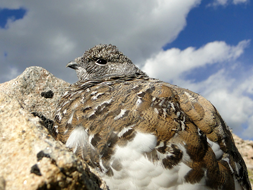Climate Change and Severe Weather
Page Content

Why Is Climate Change and Severe Weather a Challenge?
In addition to severe weather events outside the natural range of variation, human activity and the production of atmospheric greenhouse gases produces a change in climate patterns. Both of these have the potential to severely disrupt ecosystems.
What Are Some Examples?
Habitat shifting and alteration: desertification, tundra thawing.
Droughts: severe lack of rain, loss of surface water sources.
Temperature extremes: heat waves, cold spells, disappearance of glaciers.
Storms and flooding: thunderstorms, tornadoes, hail storms, ice storms, blizzards, dust storms.
What Are The Effects?
Increasing temperatures and changes in precipitation regimes may shift species and habitats in elevation and latitude.
Although fluctuation between wet and dry years is normal, as temperatures warm more frequent and intense droughts are expected and such events impact plant vigor.
Fewer and shorter cold spells accompanying warming temperatures, will fail to control the insect populations in many ecosystems.
Warmer temperatures will produce earlier snowmelt and peak runoff, affecting insect and wildlife life cycles as well as seed production and germination.
A changing climate is likely to increase the frequency and intensity of weather events, potentially impacting vulnerable species and their habitats.
What Is CPW Doing?
 CPW has a growing pool of research indicating that the
American pika is thriving in Colorado. But because
alpine species are especially vulnerable to even the slightest change in climate, CPW is implementing a long-term monitoring program of the American pika to ensure the maintenance of healthy populations and distributions well into the future.
CPW has a growing pool of research indicating that the
American pika is thriving in Colorado. But because
alpine species are especially vulnerable to even the slightest change in climate, CPW is implementing a long-term monitoring program of the American pika to ensure the maintenance of healthy populations and distributions well into the future.
Grouse rear their young in wet meadows, which can be adversely affected by droughts associated with climate change. In partnership with other organizations like the
Nature Conservancy, CPW is working to place artificial structures on the land which help to pool water and recreate this important and vulnerable habitat.
Climate change impacts forest growth and productivity through unprecedented temperatures, shift in weather patterns, and changes in atmospheric concentrations.
CPW’s Forest Management Unit understands that a resilient forest is a healthy forest, and works to implement forest management strategies that mimic natural processes and take account of wildlife wellbeing.

